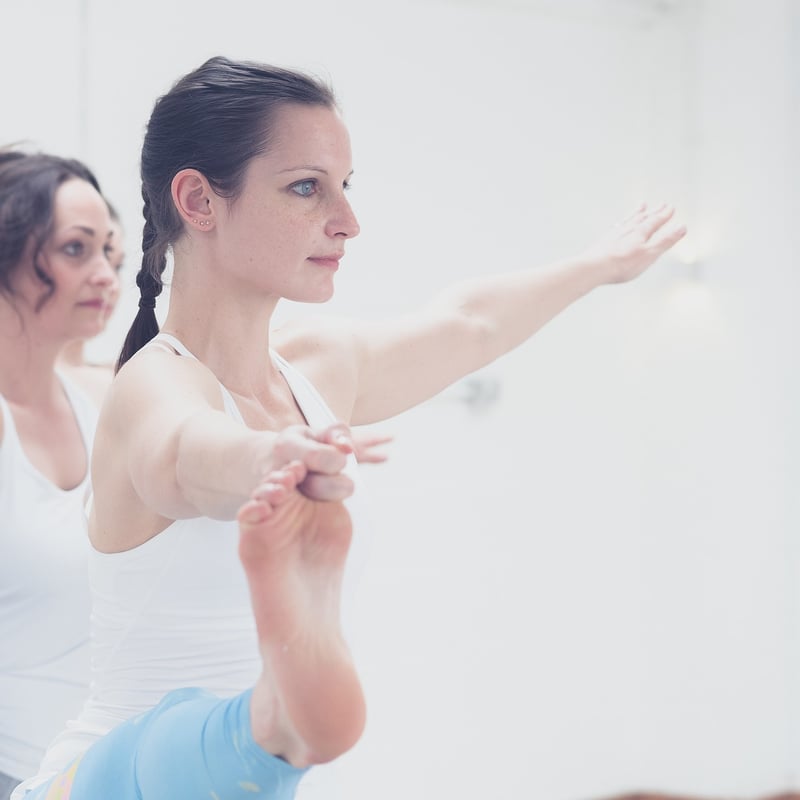Static Stretching
Increase Flexibility and Prevent Injury with Static Stretching

Flexibility plays a crucial role in overall fitness and well-being. Whether you are an athlete, fitness enthusiast, or simply looking to improve your range of motion, incorporating static stretching into your routine can help increase flexibility and prevent injuries.
What is Static Stretching?
Static stretching involves holding a stretch position for a period of time, typically 15-30 seconds. This type of stretching helps elongate the muscles and improve flexibility by gradually lengthening and relaxing the muscle fibers.
Benefits of Static Stretching:
- Improved flexibility and range of motion
- Enhanced muscular coordination
- Reduced muscle tension and soreness
- Improved posture and alignment
- Prevention of injuries by preparing muscles for activity
How to Incorporate Static Stretching:
Include static stretching at the end of your workout when your muscles are warm. Focus on major muscle groups such as hamstrings, quadriceps, calves, shoulders, and back. Hold each stretch for 15-30 seconds and repeat 2-3 times.
Common Static Stretches:
- Hamstring Stretch
- Quadriceps Stretch
- Calf Stretch
- Shoulder Stretch
- Trunk Twist

Remember to breathe deeply and relax into each stretch. Avoid bouncing or pushing your body beyond its limits, as this can lead to injury. Consistency is key when it comes to improving flexibility, so make static stretching a regular part of your fitness routine.
By incorporating static stretching into your fitness regimen, you can enhance your flexibility, prevent injuries, and improve your overall performance in various physical activities. Take the time to stretch regularly, and reap the benefits of a more flexible and injury-resistant body.
